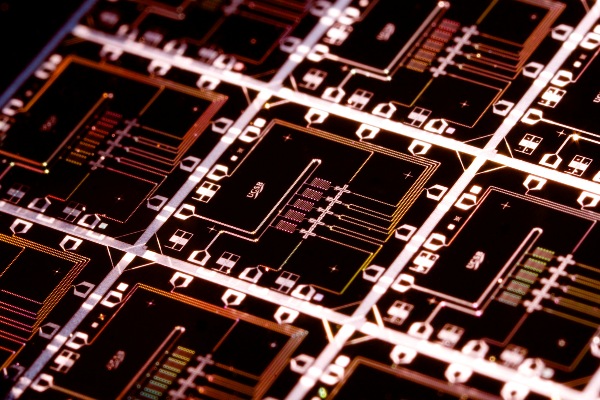March 6, 2015 – When my parents would take my brothers and I for a car trip during our annual family vacation the common cry was “are we there yet?” Well it seems for those of us who have been waiting for the quantum computing revolution to finally happen, those familiar words have been stated far too often.
In the last month, however, it would seem that quantum computing is reaching that point where it will make the break from the physics lab to the everyday world. The latest quantum computing research from University of California, Santa Barbara, has led to a noteworthy milestone – the development of error-correcting qubits.
Julian Kelly, a graduate student and co-lead author of a paper published in the journal Nature, describes the inherently faulty nature of qubits. She states, “store some information in them, they’ll forget it.” That’s because qubits aren’t like the bits in computers today. The latter are off or on, black or white, there is no in between. The former are fuzzy. They can be anywhere between off and on, and can be shades of gray. It is that characteristic which makes them prone to flip from one state to the next or lie somewhere in the middle.
The UC Santa Barbara team developed a technique involving the coupling of nine Xmon transmon qubits, each with individual control and measurement, with a nearest qubit neighbour. This schema produced error correction capacity, something only possible before using traditional bit-based technology.
For quantum computing this represents a major milestone. For Google who is partnering with the university, it puts them one step closer to releasing a quantum computer that can become an industry standard.
Prior to this Google has worked with other quantum computing researchers and has purchased several quantum computing devices from Vancouver-based company, D-Wave, developers of what has been described as the first commercial quantum device.



















